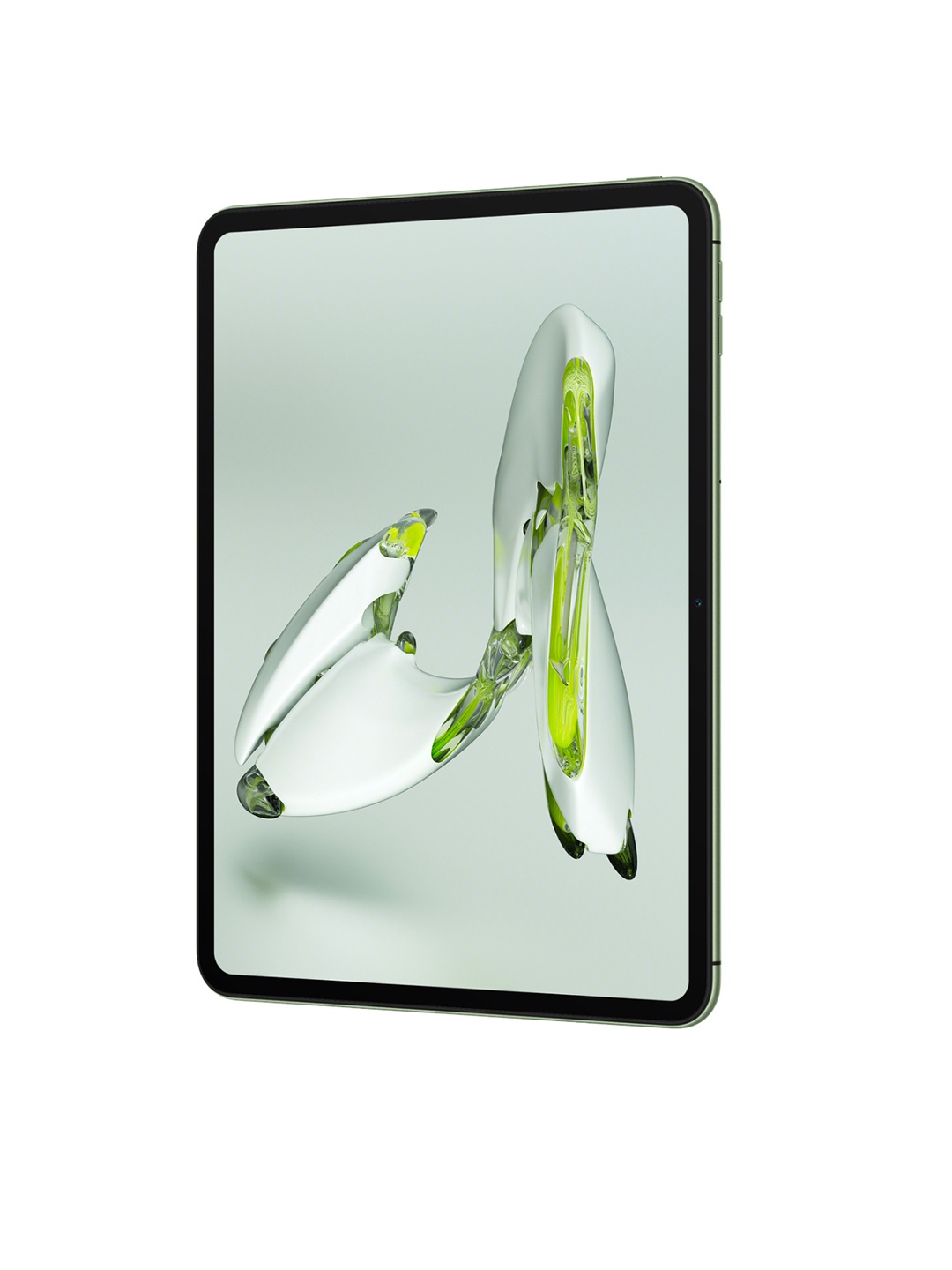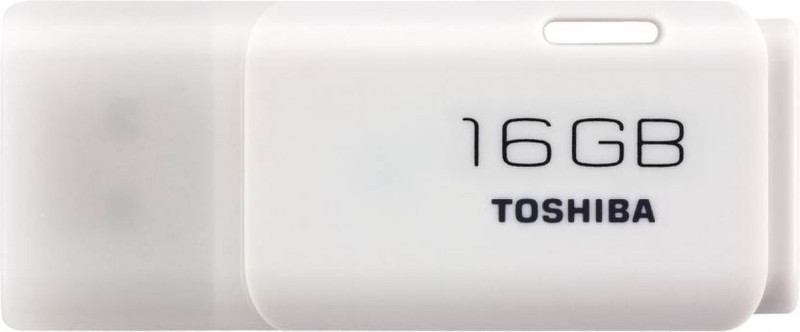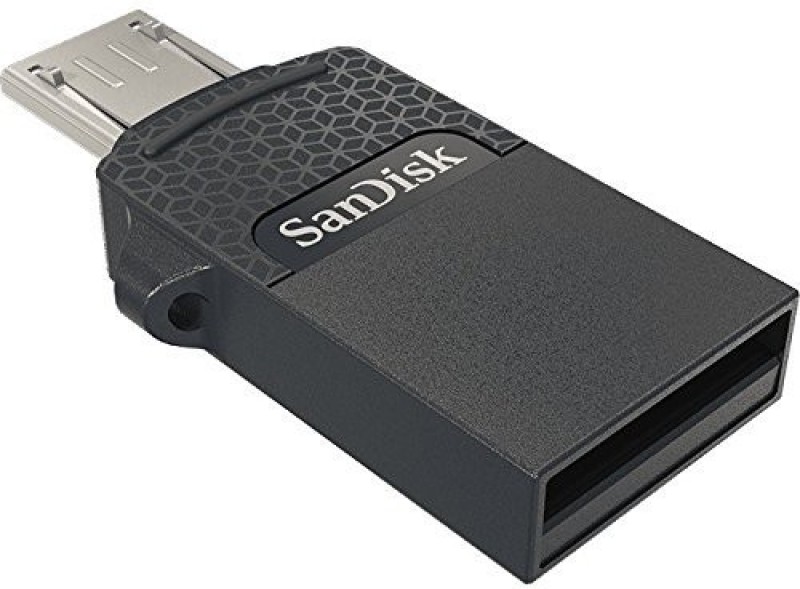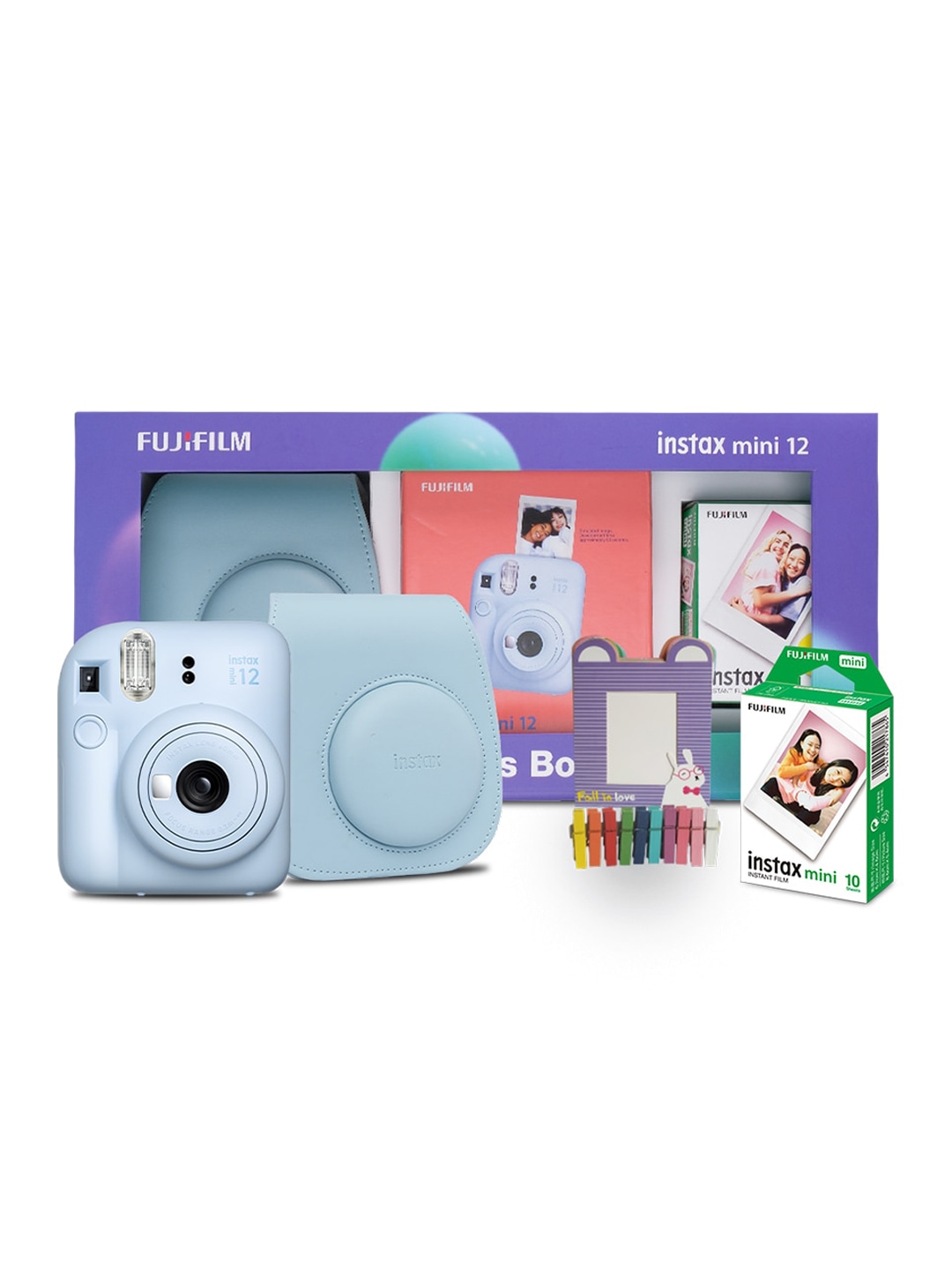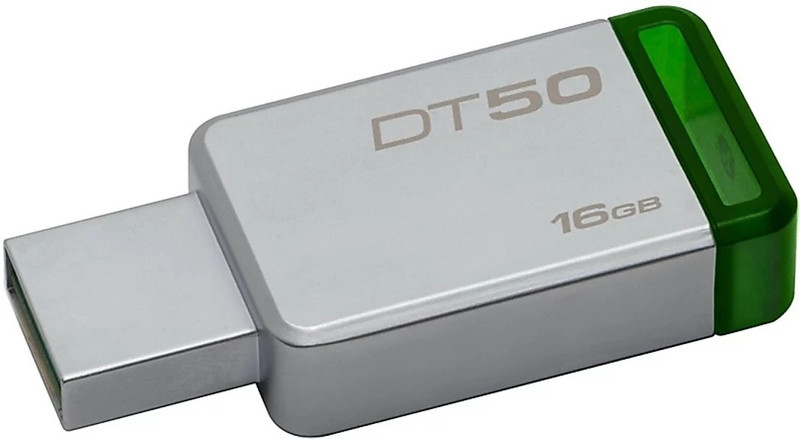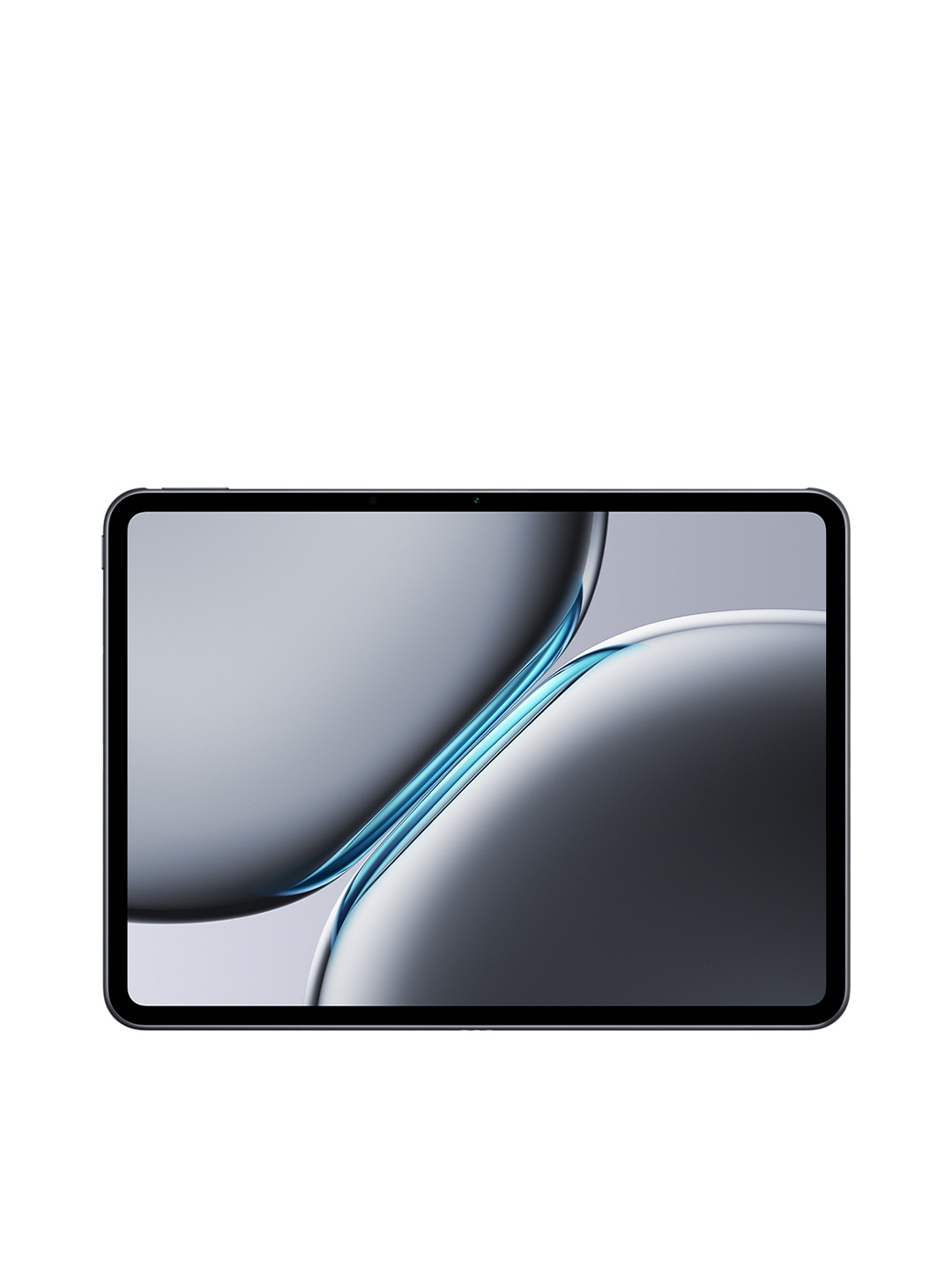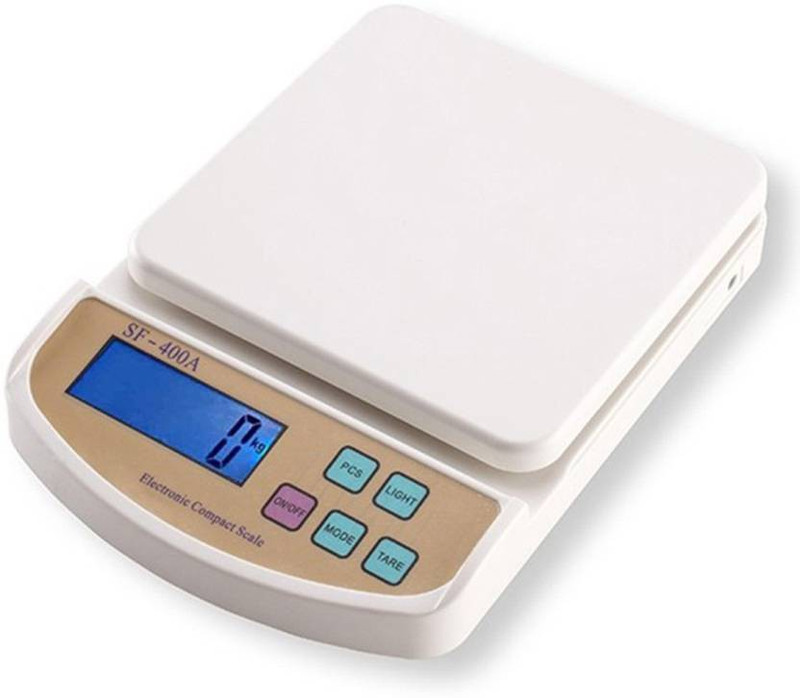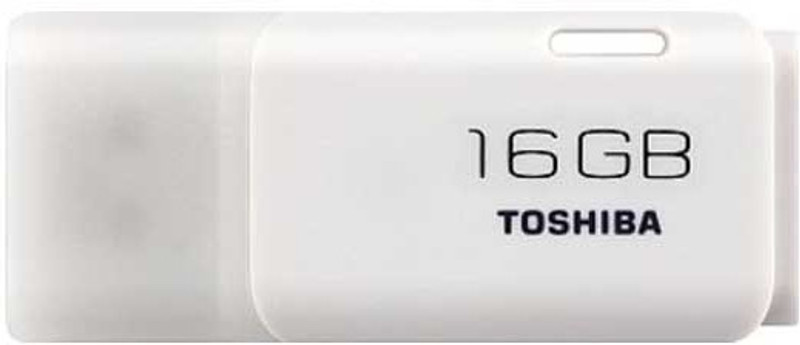How To Choose The Right Tripod And Other Accessories For Your Camera: A Guide For Beginners

Photography is not just about pressing a shutter button; it's about capturing moments with precision and creativity. Whether you're drawn to portrait, landscape, or street photography, the right equipment enhances your images and simplifies your workflow.
A tripod is often overlooked, yet it is one of the most valuable tools for achieving sharp, professional-looking photos. However, choosing one can be confusing due to the variety of options available.
Beyond tripods, additional accessories like filters, external lighting, memory cards, and remote shutter releases can elevate your photography experience. But with so many options on the market, how do you decide what's truly necessary? This guide breaks it down, ensuring you invest in the essentials without being overwhelmed by unnecessary extras.
Also Read: Best Deals On Camera Tripods: Shop Strong And Sturdy Camera Tripods On Flipkart
1. Choosing the Right Tripod: Stability Matters
A tripod is crucial for reducing blur and improving composition, especially in low-light or long-exposure photography. But not all tripods are equal. Here's what to consider:
- Material: Aluminium versions ar sturdy and affordable, while carbon fibre ones are lighter and absorb vibrations better. If portability is a priority, go for a lightweight option.
- Height and Weight: A tripod should extend to a comfortable height without compromising stability. If it's too heavy, it becomes a burden; if too light, it may not withstand strong winds.
- Leg Locks and Sections: Twist locks are compact and smooth to operate, while flip locks offer quicker adjustments. More leg sections enhance portability but may reduce overall stability.
- Head Type: Ball heads provide flexibility for different angles, while pan-and-tilt heads offer precise control, especially useful for video recording.
A reliable tripod is a long-term investment, so choose one based on your preferred style of photography and shooting conditions.
2. Memory Cards: Don't Run Out of Space
A camera is only as good as its ability to store and process images efficiently. A memory card plays a crucial role in ensuring smooth shooting.
- Storage Capacity: A basic card is fine for casual photography, but if shooting in high-resolution formats or recording videos, higher capacity is essential.
- Speed Rating: Cards with higher read and write speeds are better suited for burst mode and 4K video recording. Look for speed classes that support your camera's performance.
- Durability: Some memory cards are designed to withstand extreme weather conditions, shocks, and moisture, ideal for outdoor and travel photography.
Carrying extra cards ensures you never have to miss a shot due to storage limitations.
3. Camera Bags: Protect Your Gear in Style
A good camera bag keeps equipment safe from dust, moisture, and accidental damage while ensuring comfort and convenience.
- Types: Backpacks offer even weight distribution, ideal for travel. Sling bags provide quick access, while messenger bags are stylish but can strain one shoulder.
- Padding & Organisation: Adjustable dividers help keep cameras, lenses, and accessories secure. Extra compartments for personal items add convenience.
- Weather Resistance: A water-resistant or waterproof bag protects against unexpected rain and humid conditions.
Investing in a well-structured bag makes carrying equipment easier and safer, especially when shooting on the go.
4. External Lighting: Beyond the Built-in Flash
A camera's built-in flash often results in harsh lighting and unwanted shadows. An external light source, such as a detachable flash or LED panel, offers more control.
- Adjustable Angles: Some flashes allow light to be bounced off ceilings or walls for a softer, more natural effect.
- Power & Range: Higher intensity options provide greater flexibility in various lighting conditions.
- Wireless Connectivity: Some models sync remotely with the camera, enabling creative lighting setups.
Whether capturing portraits indoors or shooting at night, having an external light source improves overall image quality.
5. Filters: Enhancing Images Instantly
Lens filters are small but powerful tools that enhance images without relying on heavy post-processing.
- UV Filters: Protect the lens from dust, scratches, and moisture.
- Polarising Filters: Reduce glare and reflections, making skies appear bluer and landscapes more vibrant.
- ND (Neutral Density) Filters: Essential for long-exposure shots, allowing slower shutter speeds without overexposing the image.
Using the right filter can significantly improve image quality, making colours pop and reducing unwanted reflections.
6. Remote Shutter Release: Avoid Camera Shake
Even the steadiest hands can cause minor vibrations, especially in long-exposure photography. A remote shutter release allows the camera to be triggered without physical contact, ensuring sharper shots.
- Wired vs. Wireless: Wireless options provide more freedom of movement, while wired ones offer reliability in challenging weather conditions.
- Timer and Interval Settings: Some remotes allow for timed shots, great for capturing star trails or time-lapse photography.
- Compatibility: Ensure the remote is designed for your camera model, as not all work universally.
This small accessory is invaluable for achieving crisp images and enabling hands-free photography.
7. Extra Batteries: Never Miss a Shot
A fully charged battery is essential, especially when shooting for extended periods. Running out of power mid-shoot is frustrating and easily avoidable.
- Spare Batteries: Carry at least one additional battery to ensure uninterrupted shooting.
- Battery Grip: Some cameras support grips that accommodate multiple batteries, extending operational time.
- Cold Weather Precautions: Batteries drain faster in low temperatures, so keep extras in an insulated pocket.
Being prepared with sufficient power ensures a smooth and stress-free photography experience.
8. Lens Cleaning Kit: Keep Your Glass Spotless
A dirty lens can ruin an otherwise perfect shot. A lens cleaning kit helps maintain clarity and extends the life of your equipment.
- Microfibre Cloths: Soft and non-abrasive, ideal for removing smudges without scratching.
- Brushes & Pens: Designed to remove fine dust particles without damaging the lens coating.
- Air Blower: Safely removes dust from hard-to-reach areas without direct contact.
Regular cleaning prevents dust spots and ensures that images remain sharp and clear.
Explore Products Related To This Article
1. Elfora 7 feet Lightweight Tripod Stand with Mobile Phone Holder
2. Tygot TG-X100 LED Video Light for Phone
3. Arctic Hunter Camera Backpack
4. Syvo WT 3130 Aluminum Tripod
5. SanDisk Ultra 128GB microSDXC UHS-I, 140MB/s R
6. DIGITEK (DRL-12C) 12 Inch LED Ring Light with Stand 5ft
7. WIIYE 55mm to 62mm Step-Up Ring Adapter
8. K&F Concept 67 mm ND2 to ND400 Variable Neutral Density Filter Slim ND Fader ND2-400 Optical Glass Filter for DSLR Camera Lenses
Photography isn't just about owning a great camera; the right accessories make a significant difference in both convenience and image quality. A stable tripod, reliable memory card, and well-designed camera bag provide the foundation for hassle-free shooting. External lighting, filters, and remote shutter releases enhance creativity, while extra batteries and cleaning tools ensure uninterrupted and clear photography.
The key to building a great photography kit is choosing accessories based on individual needs rather than impulse purchases. By investing in quality essentials, beginners can improve their skills and enjoy a smoother, more rewarding photography experience. Shop now on Amazon.
Disclaimer: The images used in this article are for illustration purposes only. They may not be an exact representation of the products, categories, and brands listed in this article.












